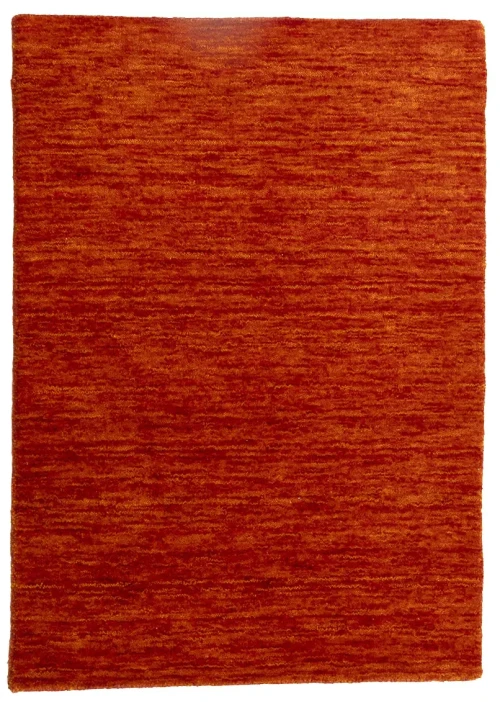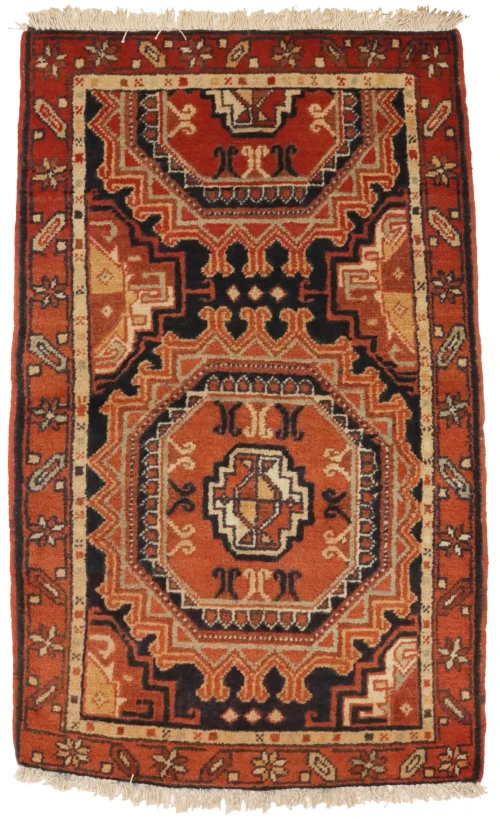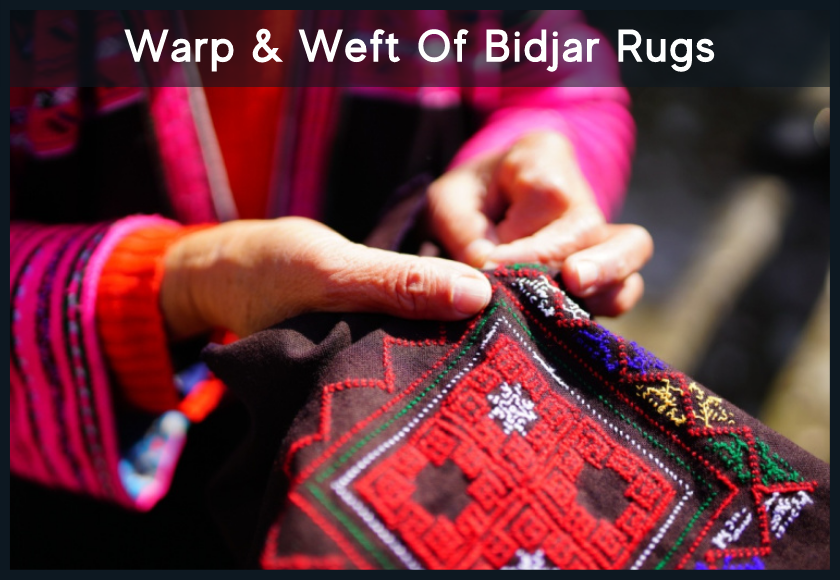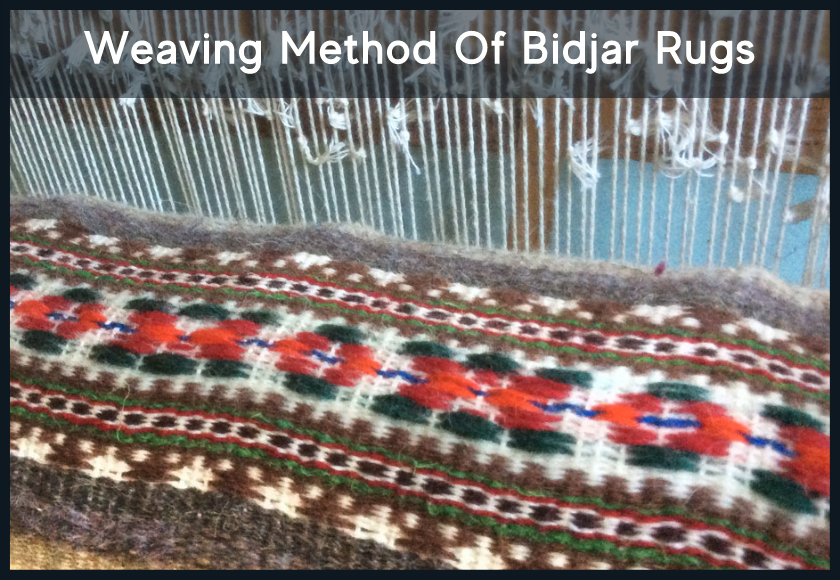It’s a well-known fact that handmade rugs are stunning, last for many years and they are somewhat costly in contrast to machine-made oriental rugs.
Tags: oriental rug
Extra 15% off + Free PAD with code HOLIDAY15



One of the most ancient and most famous of the Iranian arts is carpet weaving which is known by almost all tourists and is one of their most popular souvenirs. This art is handmade, and it is beautifully made with natural materials and vegetable dyes. Some folks might call it a magic rug.
One of the best and oldest Iranian rugs , which is also known as the Iron Carpet, is the Bijar rug. This carpet is known as “Gross” among merchants.
The Bidjar design was originally weaved for the first time by the Kurdish Khans as a gift for the governmental authorities of the time, and it was very common during the Ghajar period.
Handmade Oriental rugs are woven in many parts and cities of Iran. However, undoubtedly Bijar rugs are by far the most durable and highest quality in the market. Bidjar rugs are woven in Kurdistan and you can find several museums showcasing this exquisite handmade rug in their collections as one of their finest items among rugs.
1-Bidjar rugs are made with superior quality wool, the best Bidjar rugs are woven with hand-spun Persian wool
2- Local Bidjar dyers use a professional method to create a variety of colors which are made from vegetables and plants such as grapes leaf, walnut shells, onion peel, pomegranates, or sumac.
3- The designs and patterns of these rugs have been so many and so varied it is unlikely to find two rugs that look the same. Each rug is a unique and valuable piece of art.
4- The names given to these rugs come from many different references weavers decided to portray in them. You can find rugs named the tree of life, the garden of paradise, pending Medallions, Shah Abbas, and many, many more. All of them represent pictorially the name they are referencing.

The material of warp and weft in this rug is mostly wool and cotton. Bidjar handmade carpets had five wefts and that is why they were very thick and heavy. However, nowadays, these are weaved with two wefts and hence are lighter than the old ones.
In the past, these Gross carpets were hung using an old-fashioned method that caused some deviation in the material. Later on, they made it by using a metal hanger for a refined finish. One of the most famous designs of this original Iranian carpet is Leili and Majnoon, and their legendary stories.
Despite other carpets whose dimensions are above 1×1.5 meters, these rugs are normally weaved on a larger scale including from 7' x 10' to 8' x 11' . However, you can also find smaller sizes under 6 ' x 9 ' and take them home to make your living room a piece of art.
The weaving method used in Bijar rugs is truly unique and cannot be found anywhere in Iran. In Gross carpet, before placing the weft, they wet it with water to be flexible and soft, and then beat the knots strongly with a carpet comb so that it is firm after drying.

Bidjar rugs are very useful for daily usage due to their firm texture. They are also very popular and stunning because of their variety in coloring and design, t these rugs are selling in the market as pictorial and decorative rugs for their high variety and fine and aesthetic texture. Furthermore, they attract tourists and are considered a very precious souvenirs. they are so valuable to collectors and individuals who are interested in carpet weaving art.
Bidjar rugs are very sought after, and it has a large and broad clientele who highly praise its variety in colors, exquisite designs, and top-tier quality that can last for generations. You might have to pay a couple of hundred more than when purchasing another type of handmade rug but it’s a wise investment as Bidjar rugs will only increase in value over time.
Handmade rugs are made with organic materials such as vegetable dyes to create a variety of colors. Vegetable dyes are extracted from different plant sources such as leaves, some types of berries, roots, and even fungi.
The use of vegetable dyes in textiles dates back 5000 years ago during ancient times. This method has been applied ever since the Neolithic age, where any source could be used to extract the desired color, from herbs and crusts to even insects. Artisans would use local materials to create their own personal colors, which throughout history, led to unique shades that became prized handmade rugs later on.
Here is a list of some popular colors made of natural dyes:
Cochineal insect (red)
Cow urine (Indian yellow)
Lac insect (red, violet)
Murex snail (purple, indigo blue)
Octopus/ cattle fish (Sepia brown)
Plant-derived dyes
Catechu or cutch tree (brown)
Camboge tree resin (dark mustard yellow)
Mangosteen peel (green-brown-dark brown – purple–crimson)
Madder root (red – pink – orange)
Teak leaf (crimson to maroon)
Find a large variety of these precious handmade rugs in different colors and styles on our website at Magic Rugs. We promise to dazzle you with our stunning collection of fine Bidjar rugs at affordable prices. These elegant rugs with superior knots and natural dyes have remained in the global home decor industry as their magnificent designs fit in every home, and they would be among your most valuable treasury.